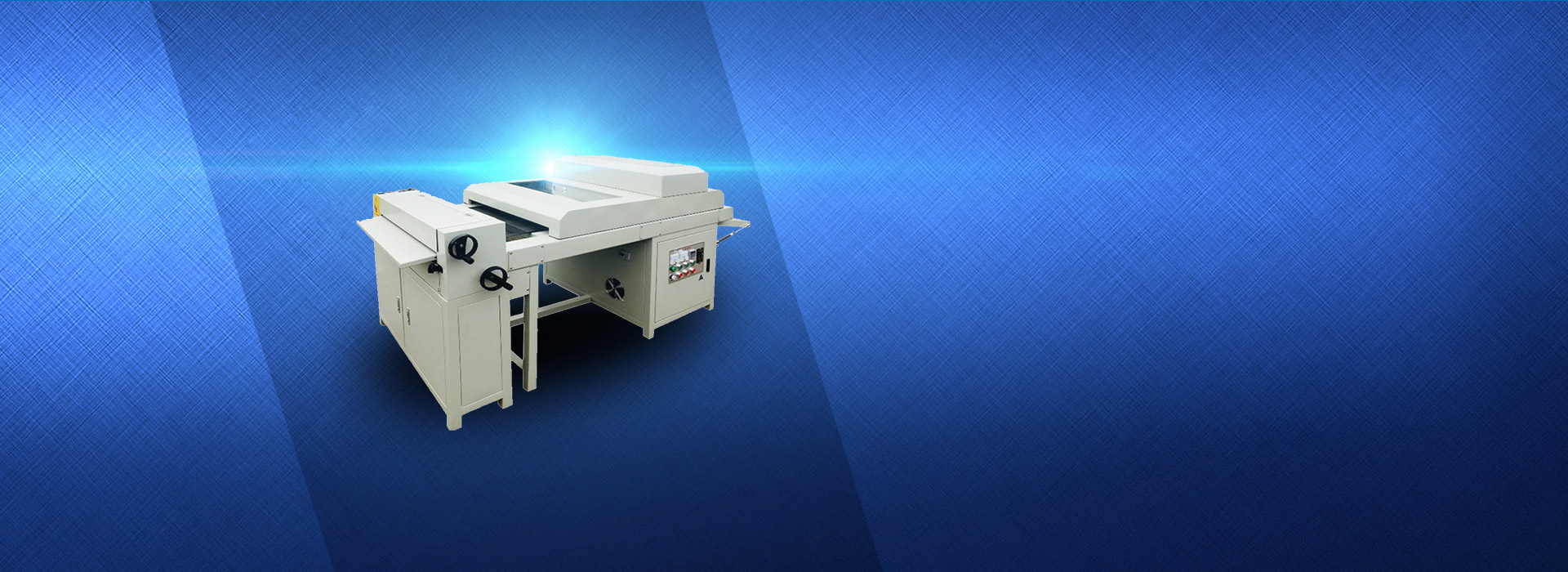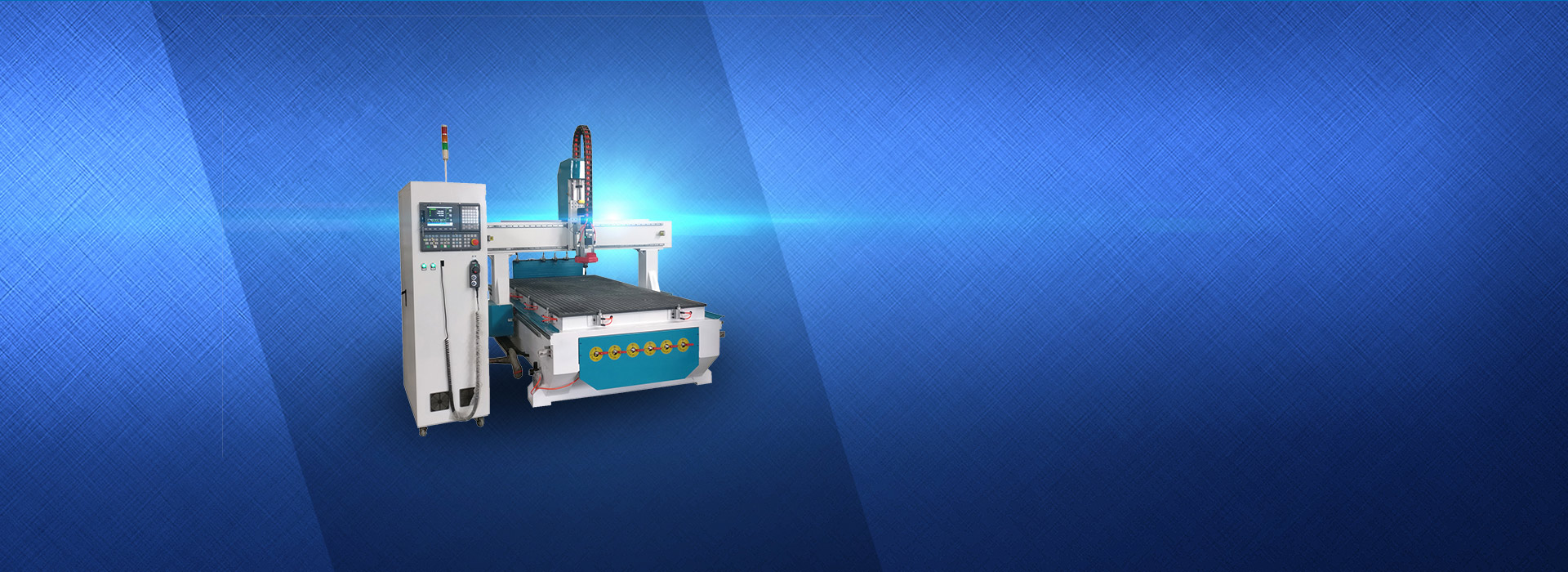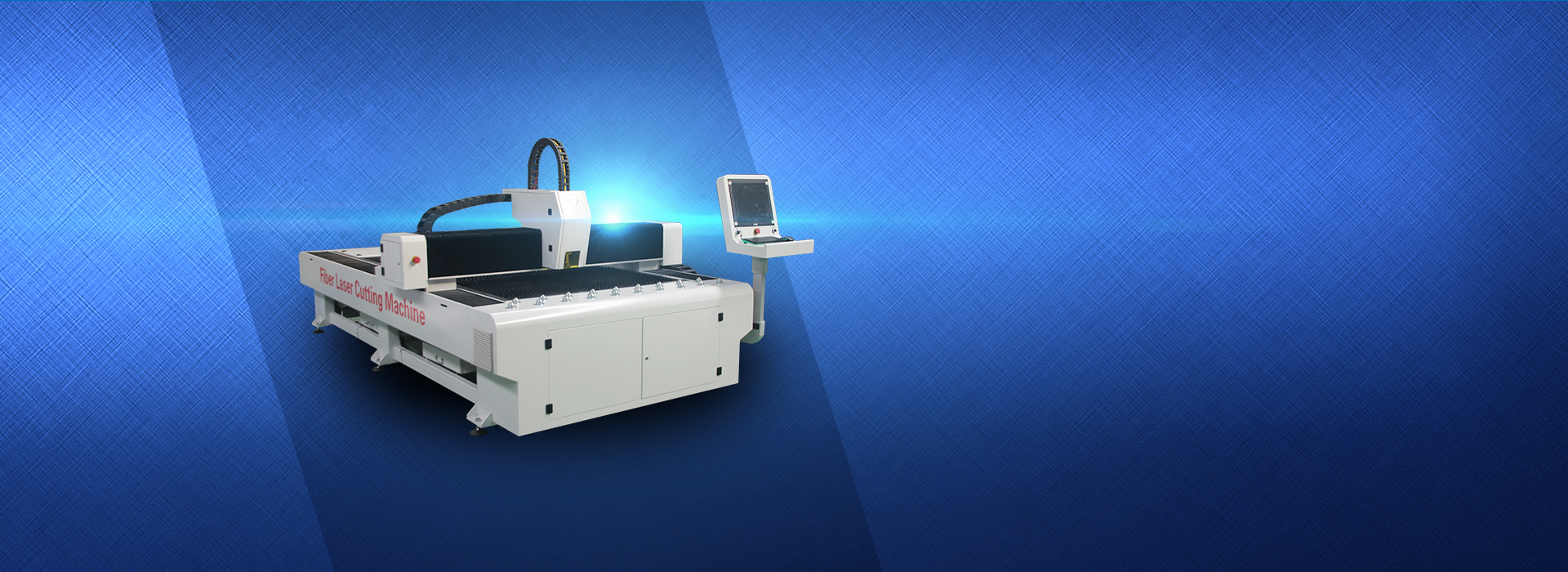How to adjust the parameters of fiber laser cutting machine
How to adjust the parameters of fiber laser cutting machine
Compared with traditional cutting methods, fiber laser cutting machines have obvious advantages. Fiber laser cutting machines have high cutting precision, fast speed, cost saving, etc., which have led to the widespread application of fiber laser cutting machines in the market. Those who have used laser cutting machines know that the laser cutting effect is controlled by cutting parameters such as auxiliary air pressure, laser power, cutting speed, and focal position. As for how to adjust the equipment parameters during use, most people will refer to the manual of the laser cutting machine. The cutting materials, material thickness, and cutting speed in the instructions for use will be detailed.
For novices who are new to the industry, they will be troubled when encountering poor cutting quality, and they don’t know how to adjust the numerous parameters.
The parameters that affect the cutting quality are: cutting power, cutting height, focal position, cutting nozzle model, cutting frequency, cutting duty cycle, cutting gas pressure and cutting speed. The hardware conditions are: gas purity, protective lens, plate quality, focusing lens and collimating lens.
How to adjust the parameters of the laser cutting machine?
When there are quality problems in cutting, it is recommended to check first. The main inspection contents and order are:
1. Cutting height (it is recommended that the actual cutting height be between 0.8 and 1.2 mm). If the actual cutting height is inaccurate, calibration is required.
2. Focus Check whether the focus is set correctly. If it is an automatic focusing cutting head, you must use the mobile phone APP to check whether the focus is correct.
3. It is recommended to use a cutting nozzle with a diameter of 1.0 to check the optical center. When checking the optical center, the focus is between -1 and 1. In this way, the light spot is small and easy to observe.
4. Cutting nozzle Check whether the cutting nozzle model and size are used incorrectly. If it is correct, check whether the cutting nozzle is damaged.
5. Protective lens Check whether the protective lens is clean, requiring no water, oil, or residue. Sometimes the protective lens will fog up due to weather or too cold auxiliary gas.
6. Nozzle distance
The focused laser is applied to the surface of the part through a copper nozzle. The distance between the workpiece and the laser nozzle is called the nozzle distance. The distance from the nozzle to the part is measured based on flow and pressure. The blowing force of the gas that is too far away is too large, and the exhaust flow is too large, which will affect the splashing. The appropriate distance is 0.8-1.0mm. Choose different types of nozzles according to different material thicknesses.
For example: for a material with a thickness of 3 mm, adjust the focus position to -4 mm, the nitrogen cutting pressure is 12 Pa, the nozzle distance is 1 mm, the power of the fiber laser cutting machine is 3000 W, and the cutting speed is 12 m/min. Because the various parameters are well adjusted, the cutting conditions are good, and after various tests, the parameters are adjusted to the most suitable conditions, and the cutting surface will be smooth.
7. Modify cutting parameters
After several checks and there are no problems, modify the parameters according to the phenomenon.
How to adjust the parameters according to the phenomenon?
Briefly introduce the states and solutions encountered when cutting stainless steel and carbon steel.
For example, stainless steel has dross, and there are many types of dross. If the whole body has hard dross, it is necessary to lower the focus, increase the air pressure, and increase the cutting nozzle, but too low a focus or too high an air pressure will cause the cross section to be delaminated and the surface to be rough. If the whole body has granular soft dross, the cutting speed can be appropriately increased or the cutting power can be reduced. If only the corners have dross, the corner rounding can be considered first. The parameters can be lowered by lowering the focus and increasing the air pressure.
When cutting stainless steel, you may also encounter: dross on the side that is about to end the cutting. You can check whether the gas supply is insufficient and the gas flow cannot keep up.
When cutting carbon steel, you will generally encounter problems such as the thin plate section is not bright enough and the thick plate section is rough.
Generally speaking, a 1500W laser can cut carbon steel that does not exceed 7mm brightly, a 2000W is 10mm, and a 3000W is 12mm.
If you want to cut the cross section brightly, first of all, the plate must be good and the surface must be free of rust, paint and oxide scale. Secondly, the oxygen purity must be high, at least above 99.5%. The following points should be noted in cutting: use a small cutting nozzle with double layers of 1.0 or 1.2, the cutting speed must be fast and must exceed 2m/min, and the cutting pressure should not be too high.
If you want to cut thick plates with good cross section quality, first of all, you must ensure the purity of the plate and gas, and then the selection of the cutting nozzle. The larger the aperture, the better the cross section quality, but at the same time, the greater the cross section taper.


 中文
中文 English
English

